What really happened?
It is the morning of September 13, 1862.
Barton Mitchell, a forty-five-year-old former railroad worker, is making coffee over a campfire.
He serves as a corporal in the 27th Indiana Volunteer Infantry.
And he’s encamped with the others in a meadow which a Confederate general’s staff had occupied the day before.
Barton notices something in the grass.
It’s an envelope.
Inside he finds three cigars wrapped around a piece of paper.
So, Barton takes a look at the paper.
And he realizes it is significant.
So, Barton hands the paper to his commanding officer.
And up the chain of command it goes, arriving at General George McClellan’s headquarters by noon.
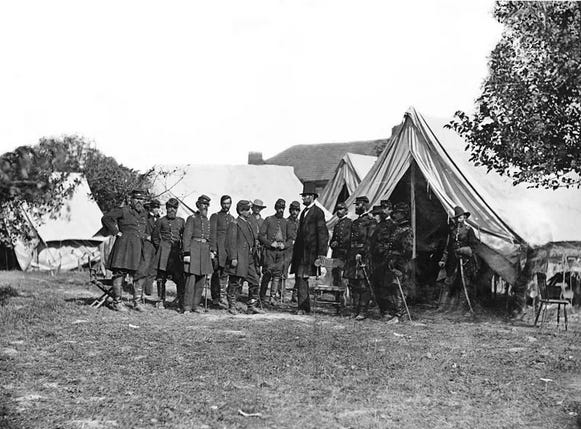
The paper is handwritten and dated September 9th.
It contains orders from Confederate General Robert E. Lee.
Lee was then pressing an invasion of Maryland, a Union state, in hopes of earning European support for the Confederacy.
The orders direct Lee’s army to temporarily divide, with two-thirds going south into Confederate Virginia.
Travel routes and time frames are specified.
A regrouping of all of Lee’s forces would take place in a few days and they would then continue the Maryland offensive.
An aide had prepared several copies of Lee’s order for distribution among Lee’s commanders out in the field.
It is one of these copies which has fallen into McClellan’s hands.
McClellan is ecstatic.
He tells an aide, “Here is a paper with which, if I cannot whip Bobby Lee, I will be willing to go home."
And at midnight, McClellan sends a telegram to Lincoln:
“I have all the plans of the rebels and will catch them in their own trap if my men are equal to the emergency.”
McClellan uses the information in Lee’s order to formulate plans for driving Lee’s forces out of Maryland.
He’ll testify about it later, in a Congressional hearing:
“Upon learning the contents of this order, I at once gave orders for a vigorous pursuit…”
McClellan’s pursuit would culminate on September 17, along the banks of Maryland’s Antietam Creek.
There, McClellan would claim a costly victory, but he’d achieve his goal of driving Lee out of Union territory.
The story of Lee’s lost order finds its way into Northern newspapers, which have no circulation in the South.
And the questions begin.
‘How could Lee’s order have fallen into McClellan’s hands?’ people ask.
Lincoln’s firing of McClellan weeks later for his failure to pursue Lee into Virginia amplified questions surrounding the lost order.
And it has been an item of historical fascination ever since.
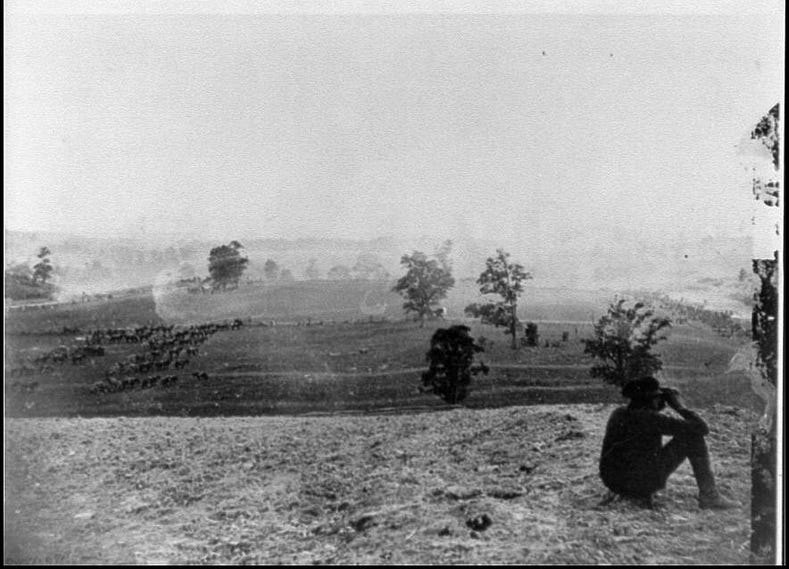
After the war, veterans involved in the lost order offered a variety of opinions.
Armchair generals parsed the evidence and speculated on ‘what really happened.’
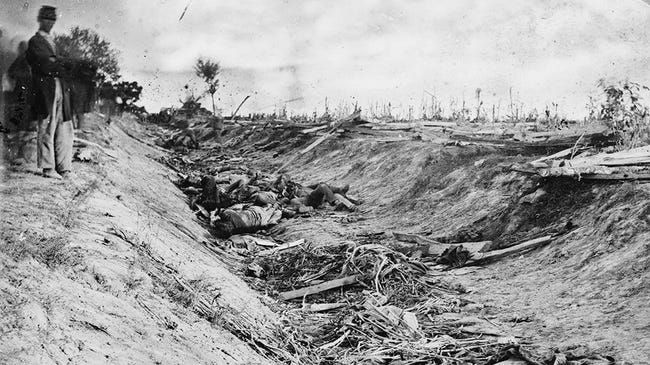
Some of them say McClellan, ever the timid, overly cautious general, dawdled, allowing eighteen hours to pass before acting on the intelligence, failing to press Lee’s force when it was vulnerable.
Others claim the lost order was a Confederate ruse — that Lee intended for it to be found and cause McClellan to send his troops on a wild goose chase.
There is nothing exciting about saying the order simply got left behind in the meadow when the Confederate force decamped.
There is one point on which all agree: McClellan’s actions after receiving the lost order culminated in the battle of Antietam four days later.
With more than 22,000 casualties, the day stands as the bloodiest day in American military history.
So, given this scale of loss, simple explanations just won’t do.
There has to be more to the story.
******************************
I’ll see you tomorrow.
— Brenda





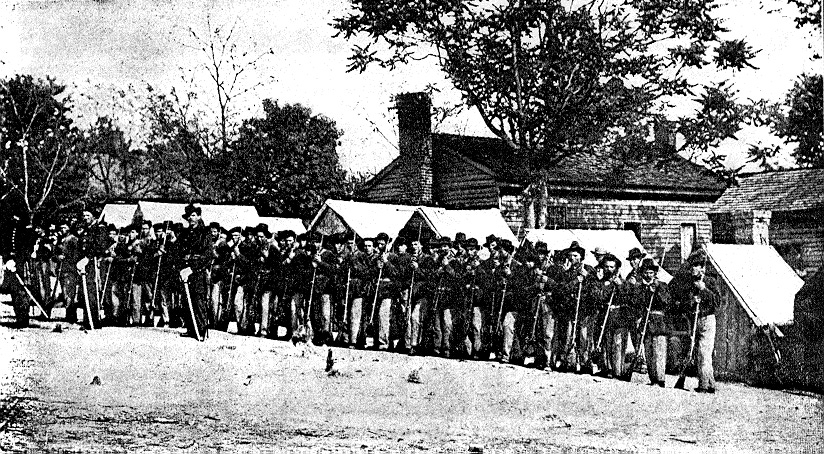

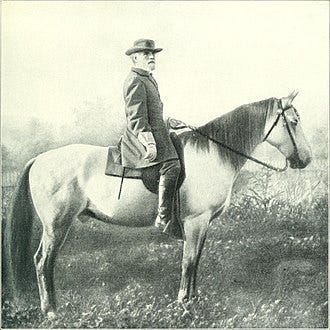
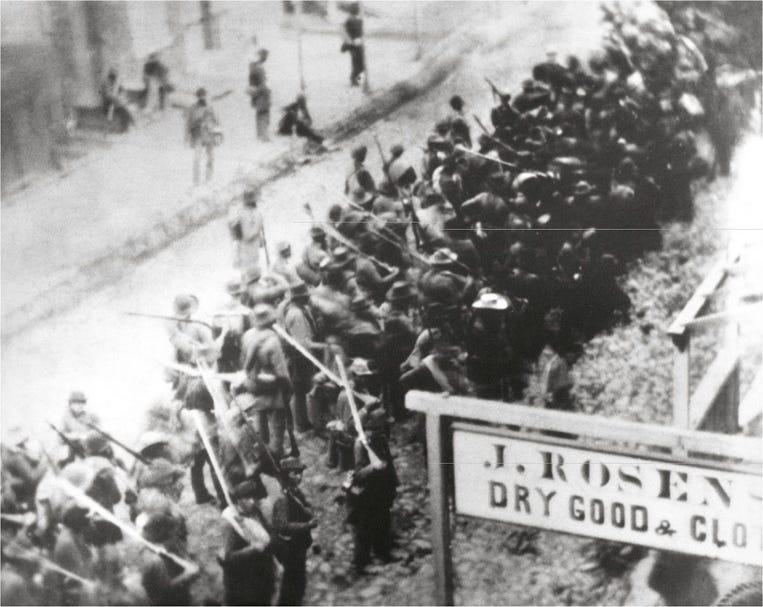
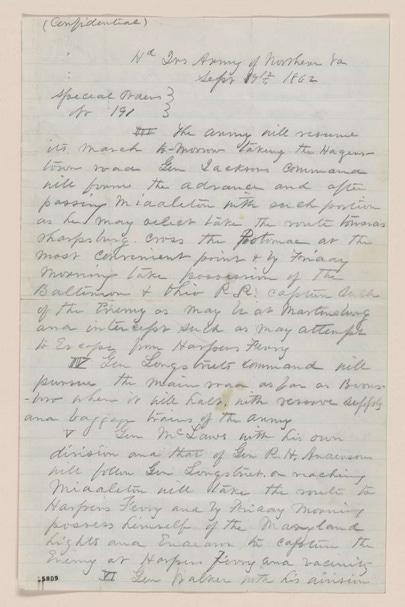
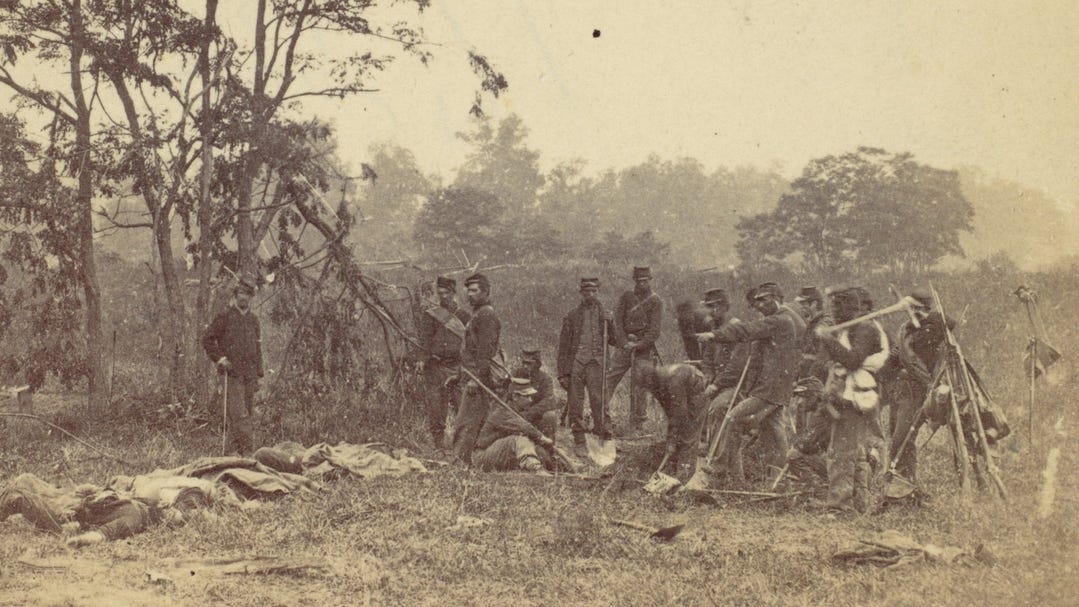
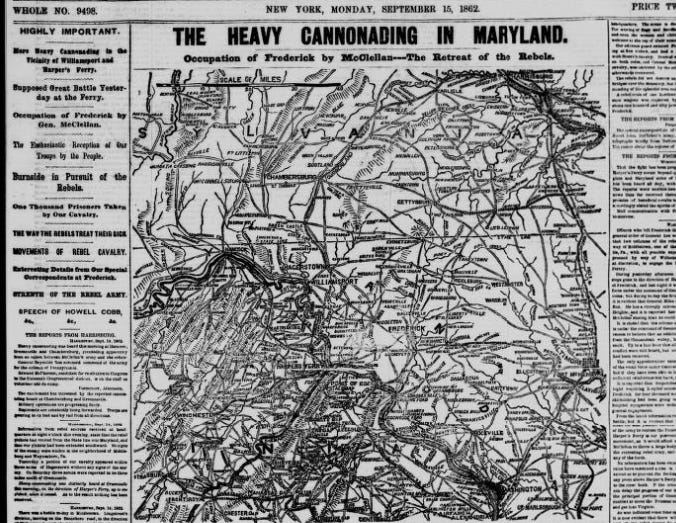
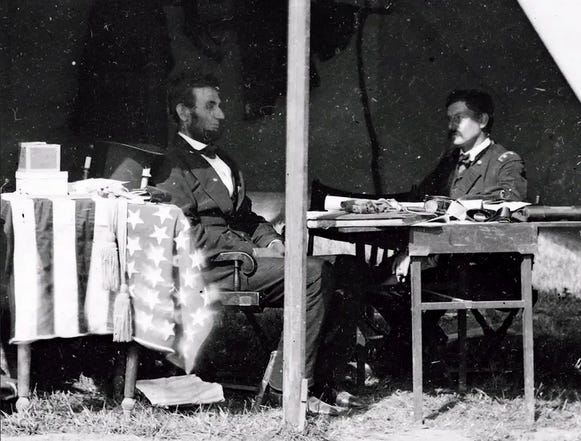










Share this post